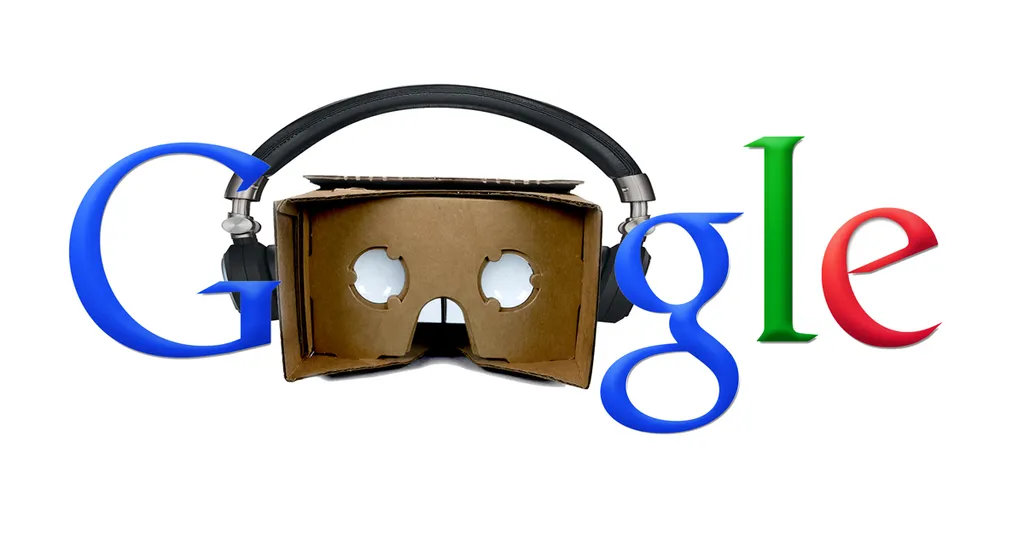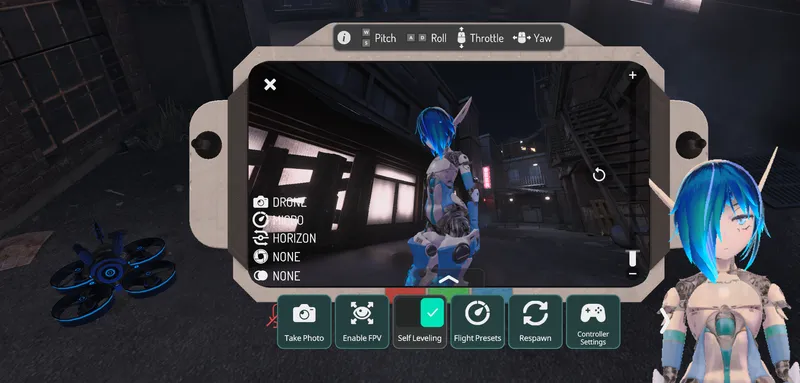This is the beginning of a new business column that follows the VR and AR industry with the latest movement of people and funding activity. Every week we will be reviewing the latest major business moves and analyzing the impact of those changes on the industry. The recap will come to you weekly and I will do my best to look at the relevance of the news and how it affects the industry. We will also recap some of the major announcements over the past week that could impact overall VR and AR industry growth.
One of the major personnel moves in the past week was an internal shift at Google that sent Amit Singh from Google for Work into Google’s VR team. This internal shift is significant because Singh used to be the President of Google for Work, which makes him a pretty high profile executive moving into Google’s VR division from a business-focused division.
In addition to major personnel moves, a report recently came out indicating Apple is preparing to spend the most on R&D in company history, suggesting a major pivot. While it remains to be seen what this pivot will be, it is clear that mere incremental improvements are no longer doing it for Apple and they need to move into new markets. One of those markets appears to be virtual reality with their hiring of people like Doug Bowman earlier this year. Apple has been quietly hiring VR experts from places like MIT and building a strong VR team, but as things always go at Apple we may not hear anything about it for quite some time.
In terms of funding activity, there was no shortage of funding.
360fly closed a $40 million C Round of funding adding Hydra Ventures to their list of investors and bumping the company’s valuation to $105 million. Hydra Ventures is the corporate venture investment of the Adidas Group, which adds yet another well-known investor to their list. That list includes L Catterton and Qualcomm Ventures, the investment arm of Qualcomm the smartphone chip vendor. The new funding round is designed to enable the company to expand the reach of their 360-degree camera offerings and their new 4K camera. Their 360fly cameras are an effort to help fill the VR content void and the 360 video space which has been starving for quality content.
VR sound technology company Subpac recently closed a funding round of $6 million with investors including Azure Capital, Andy Rubin’s Playground Global, M7 Tech Parters (Carmelo Anthony) and artists Richie Hawtin, Dada Life and Timbaland. Subpac is a very unique wearable technology that allows the user to put on the Subpac vest and feel the base in whatever audio is being transmitted through the game. With both hiphop and electronic artists involved in funding Subpac, we could really see an interesting new era of experiences, both inside and outside of VR, that bring an entirely new level of interaction with music.
SpaceVR raised $1.25 million in seed funding, announced at SVVR, following the $113,000 they raised on Kickstarter back in October. They raised the seed funding from China-based investment firm, Shanda Group. The goal of this investment is to create a platform that allows for the first ever 360-degree video content from low-earth orbit. SpaceVR combines two very exciting things, namely the renewed interest in space travel and virtual reality. By delivering high-quality, compelling content SpaceVR could potentially create a globally attractive source of content for VR users.
There were also some major business partnerships established by VR companies with partners outside of the VR industry. NextVR announced a partnership with LiveNation to deliver concert experiences via the NextVR application. This move broadens NextVR’s already broad partnerships that brought us sports like golf, NASCAR and NCAA basketball as well as political debates. NextVR is slowly becoming the platform of choice for content producers to deliver live VR experiences, something that even the current online streaming industry is struggling to do when competing with the cable networks. It will be interesting to see how NextVR’s partnerships expand and whether they get acquired by a larger content provider in order to secure existing and future partnerships.
The last bit of big news is a bit more of a rumor that states HTC is planning to spin off their VR division as a separate entity. While it is still not entirely an official bit of news, it has been rumored before and I have personally heard this rumor privately earlier this year. This isn’t the first time the rumor surfaced, but it appears to be resurfacing again based on the creation of a new entity. HTC spinning off their VR division would be both good and bad for the company as they would potentially be losing out on a large growth potential market, but it would also free the VR division from the current company’s less than stellar performance. It would also open the new division to outside investment and more resources than they very likely would see under HTC. However, once again, HTC did just commit to a $100 million VR accelerator which wouldn’t make much sense if they plan on spinning off the entire division. That is why this still remains a rumor.
Next week will be especially interesting with Google I/O (May 18-20) and the plethora of expected VR announcements and possible partnerships. Google’s foray into VR has so far been limited to Google Cardboard, but many of us at UploadVR expect a lot of that to change next week.
Anshel Sag is a technology industry analyst and Staff Technologist at Moor Insights & Strategy extensively covering VR as well as the smartphone and PC computing space. He can be found on Twitter at @anshelsag and regularly attends most major technology industry events including many VR conferences.






























